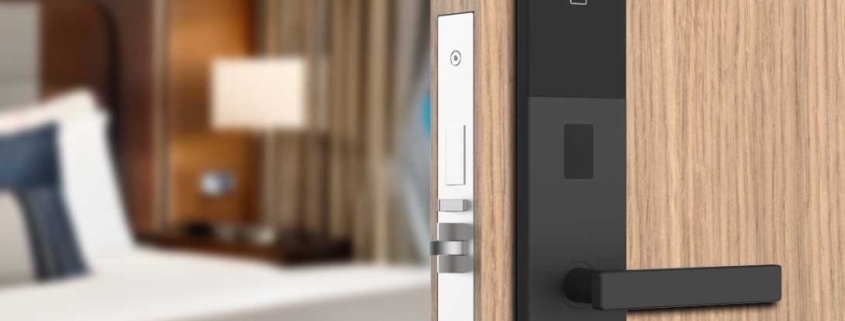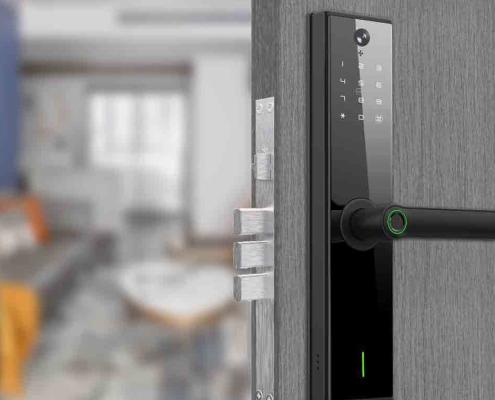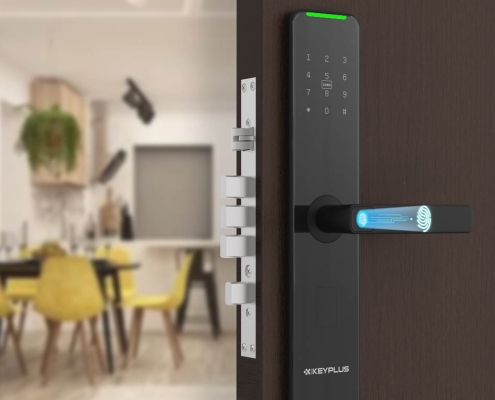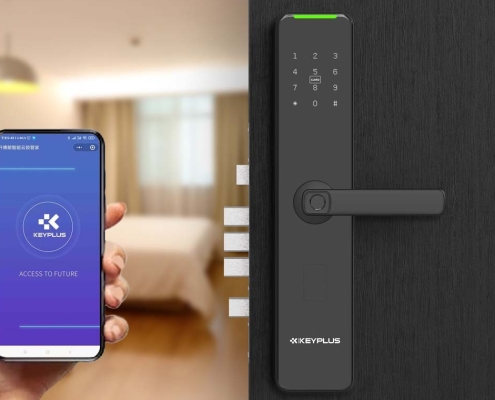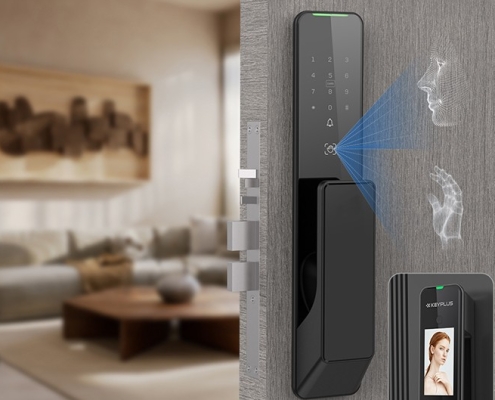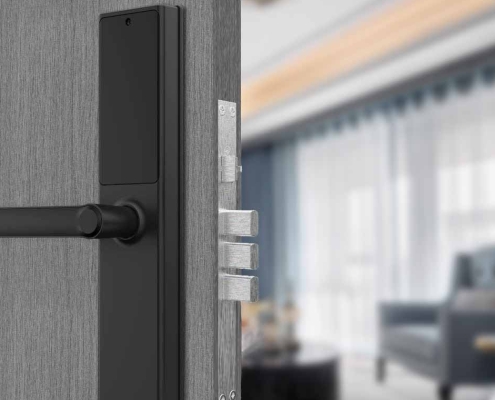What Is Keyless Entry in Hotels?
Imagine arriving at your hotel after a long flight, tired and eager to check in—only to skip the front desk and head straight to your room. No physical key, no keycard, just your smartphone unlocking the door with a tap. This is keyless entry, a modern hotel technology that enhances convenience and security.
Keyless entry is becoming increasingly popular in hotels worldwide, offering a seamless, contactless experience for guests. But how does it work? What are its benefits, and are there any risks? This guide explains everything you need to know about keyless entry in hotels.
What Is Keyless Entry in Hotels?
Keyless entry is a digital access system that allows guests to enter their hotel rooms without a traditional key or keycard. Instead, guests use:
-
Smartphones (via Bluetooth, NFC, or a hotel app)
-
Biometric verification (fingerprint or facial recognition in some luxury hotels)
-
RFID wristbands or smartwatches
This technology eliminates the need for physical keys, reducing the risk of lost or stolen cards while streamlining the check-in process.
How Does Keyless Entry Work in Hotels?
1. Booking & Mobile Check-In
-
Guests book a room and receive a digital confirmation (email or app notification).
-
Before arrival, they complete mobile check-in (uploading ID, payment details, etc.).
2. Digital Key Assignment
-
The hotel’s system generates a unique digital key (encrypted code) sent to the guest’s phone.
-
Some hotels use Bluetooth Low Energy (BLE) or NFC for communication with the door lock.
3. Unlocking the Door
-
Bluetooth-based systems: The phone automatically connects when the guest is near the door.
-
NFC-based systems: The guest taps their phone on the door reader (like mobile payments).
-
Biometric systems: The door scans a fingerprint or face (used in high-security hotels).
4. Check-Out & Key Deactivation
-
At checkout, the digital key expires automatically.
-
If a guest extends their stay, the hotel can remotely update access permissions.
Types of Keyless Entry Systems in Hotels
| Technology | How It Works | Best For |
|---|---|---|
| Bluetooth (BLE) | Phone communicates with lock when nearby (auto-unlock). | Smartphone-savvy guests, luxury hotels. |
| NFC (Near Field Communication) | Tap phone on reader (like Apple Pay). | High-security, fast access. |
| QR Code | Scan a code via the hotel app. | Budget hotels, temporary access. |
| RFID Wristbands | Wearable band (tap to unlock). | Resorts, theme park hotels. |
| Biometric (Fingerprint/Face ID) | Scan fingerprint or face to enter. | High-security suites, VIP areas. |
Benefits of Keyless Entry for Hotels & Guests
For Guests:
No Lost Keycards – Forget about misplaced or demagnetized keys.
Faster Check-In/Check-Out – Skip the front desk and go straight to your room.
Contactless Experience – More hygienic (no touching shared keycards or front desk surfaces).
Remote Access Control – Share digital keys with family or colleagues.
Enhanced Security – Digital keys are encrypted and expire after checkout.
For Hotels:
Reduced Front Desk Workload – Fewer staff needed for check-ins.
Lower Costs – No need to replace lost keycards.
Better Guest Experience – Modern, tech-savvy appeal attracts younger travelers.
Real-Time Monitoring – Track who enters rooms (improves security).
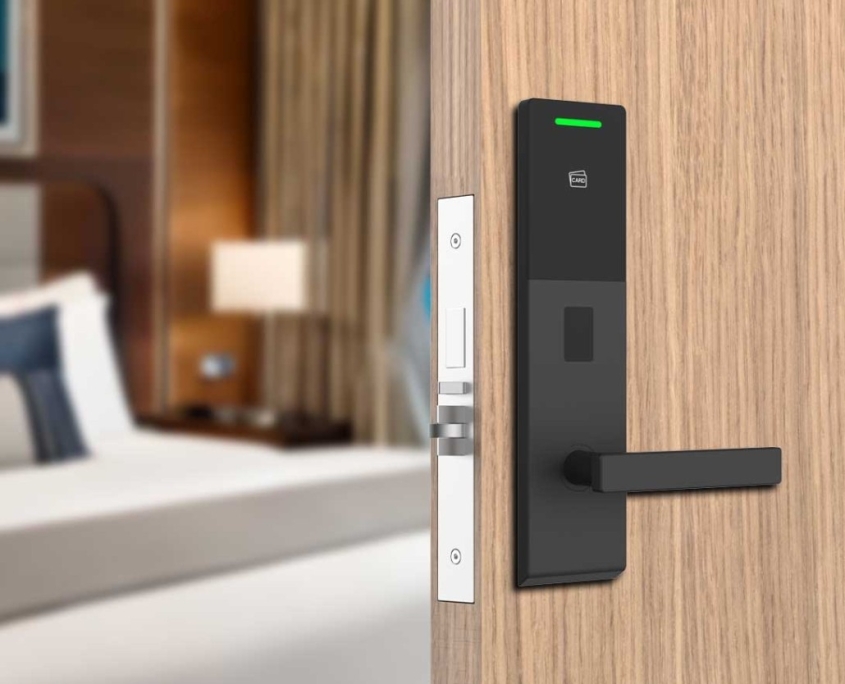
Potential Challenges & Risks
Phone Battery Issues
-
If a guest’s phone dies, they may be locked out (hotels usually provide backup keycards).
Privacy Concerns
-
Some guests worry about data collection (hotels must ensure GDPR/CCPA compliance).
Technology Failures
-
Software glitches or power outages could disrupt access (backup systems are essential).
Not Everyone Adapts Quickly
-
Older guests or those without smartphones may prefer traditional keys.
Keyless Entry vs. Traditional Keycards
| Feature | Keyless Entry | Traditional Keycards |
|---|---|---|
| Convenience | No physical item needed, phone acts as key. | Must carry a card (can be lost/damaged). |
| Security | Encrypted, harder to duplicate. | Can be cloned or stolen. |
| Check-In Speed | Instant, no front desk visit needed. | Requires physical key pickup. |
| Cost | Higher initial setup but saves long-term. | Cheaper but frequent replacements needed. |
The Future of Keyless Entry in Hotels
Keyless entry is just the beginning. Future trends include:
-
Voice-Activated Doors (e.g., “Alexa, unlock my room”).
-
Facial Recognition (already used in some Chinese hotels).
-
Integration with Smart Rooms (lights, TV, and AC adjust automatically upon entry).
Major hotel chains like Marriott, Hilton, and Hyatt already use keyless entry, and more are adopting it every year.
Conclusion: Is Keyless Entry the Future of Hotels?
Keyless entry offers speed, security, and convenience—making it a game-changer for the hospitality industry. While there are minor challenges (like tech dependency), the benefits far outweigh the drawbacks.
As more travelers prioritize seamless digital experiences, keyless entry will likely become the standard in hotels worldwide. The next time you book a stay, you might just unlock your room with your phone—no front desk visit required!

